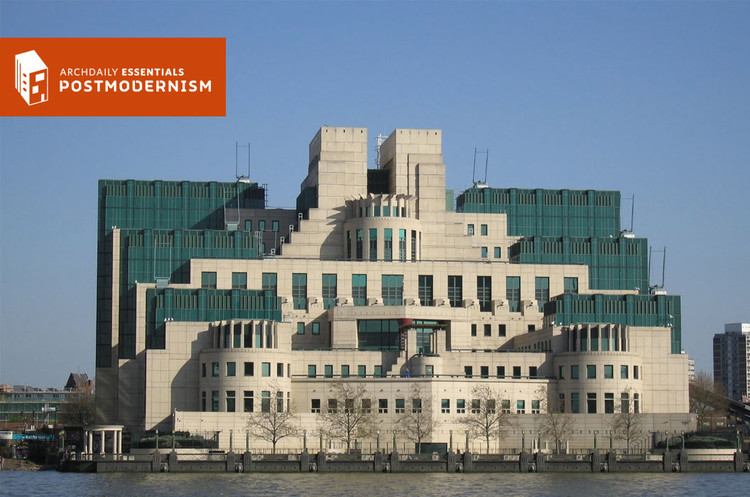
Following the news earlier this month that their design for Tokyo's 2022 Olympics stadium would be scrapped, Zaha Hadid Architects have released a comprehensive statement about the project's cancellation. Despite the many critics of the project's design - including Toyo Ito and Fumihiko Maki - it was ultimately the project's increasing costs that sparked its demise. However, the 1400-word statement from ZHA attempts to put distance between the firm and the claim by the Japan Sport Council (JSC) that much of the increase in costs was due to a complex design, instead arguing that "At every stage over the two years of development, the design and budget estimates were approved by the JSC" and adding a number of times that "ZHA worked proactively to reduce the estimated cost throughout."
Read on after the break to find out where ZHA pins the blame for the cost increases and to read the statement in full.




























